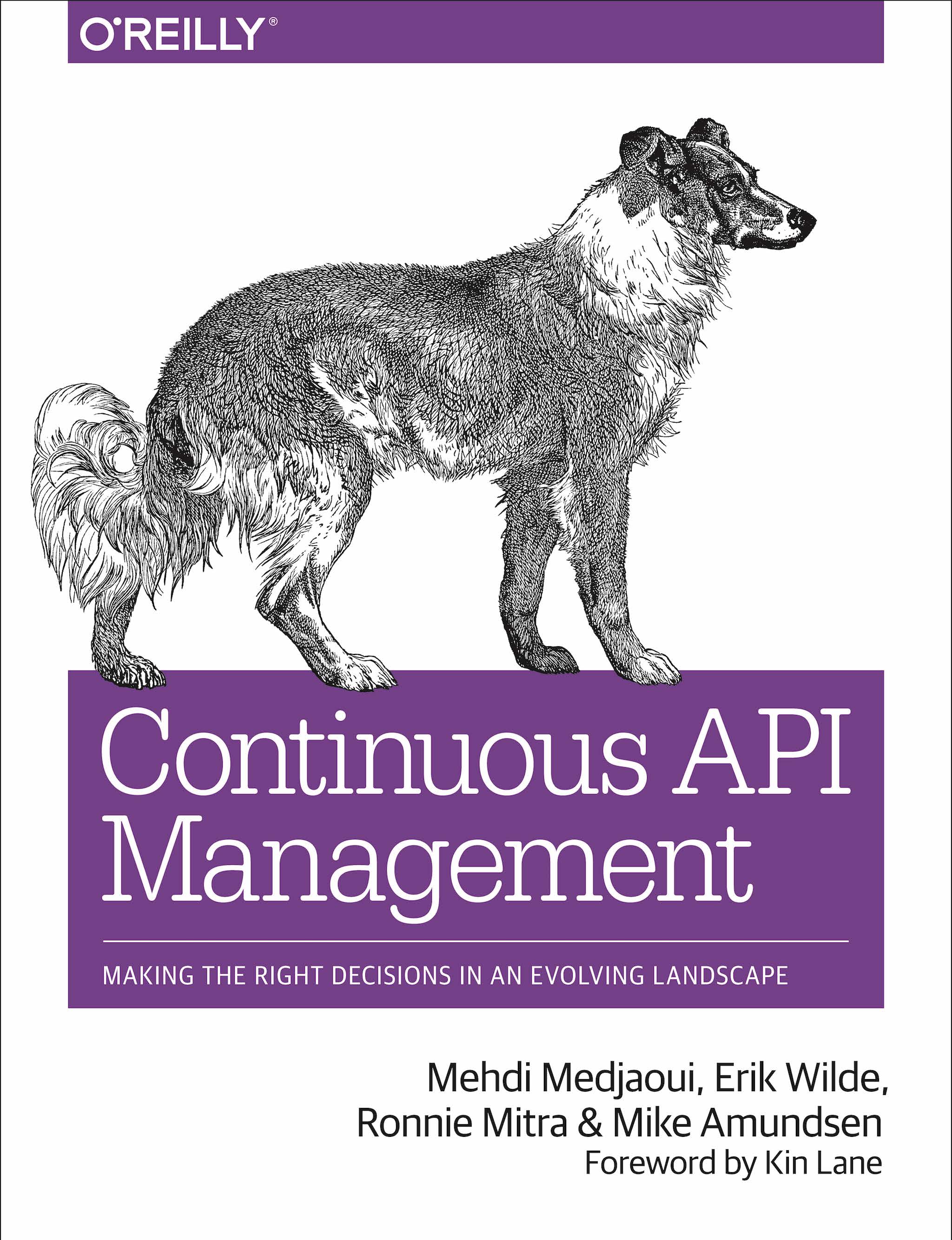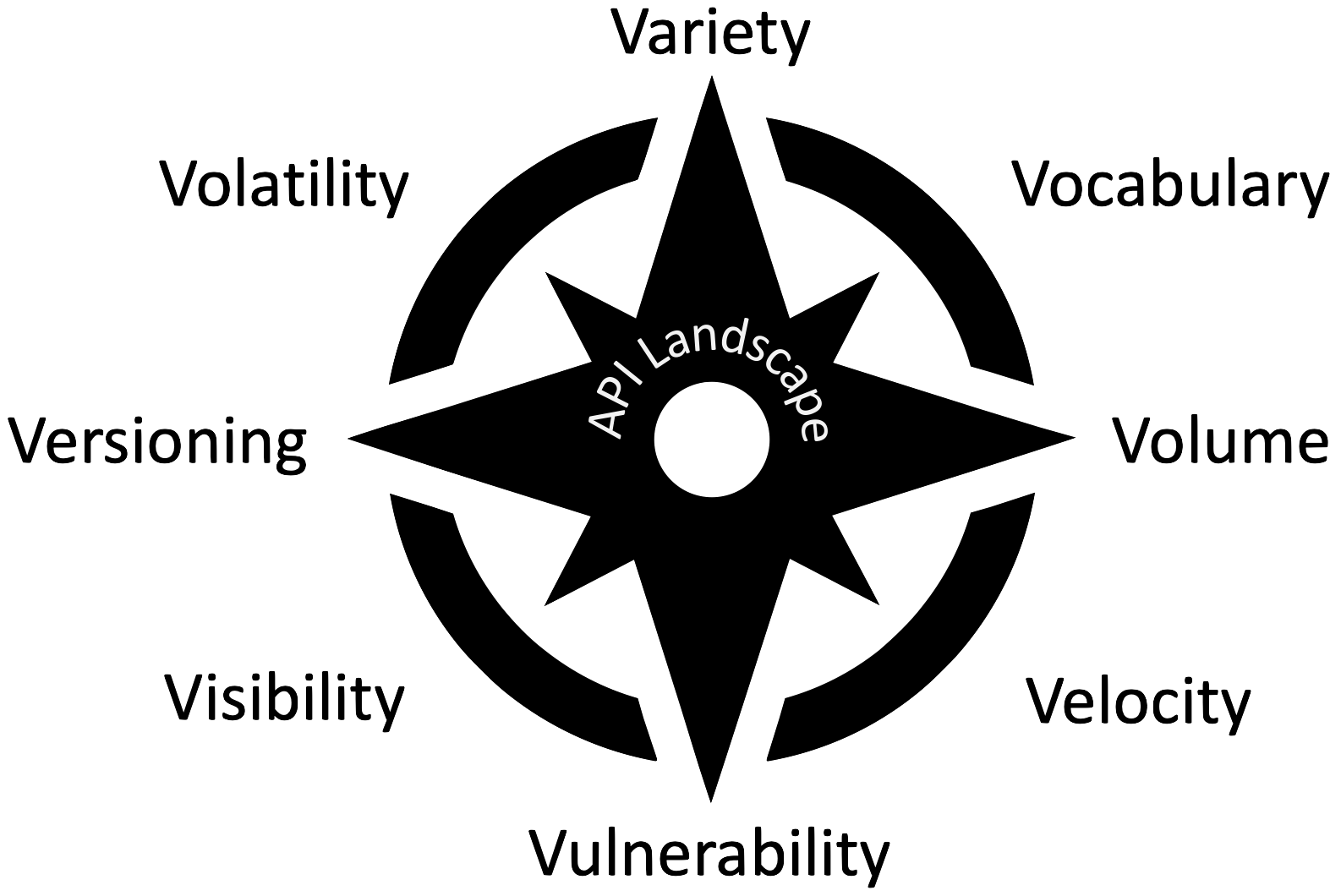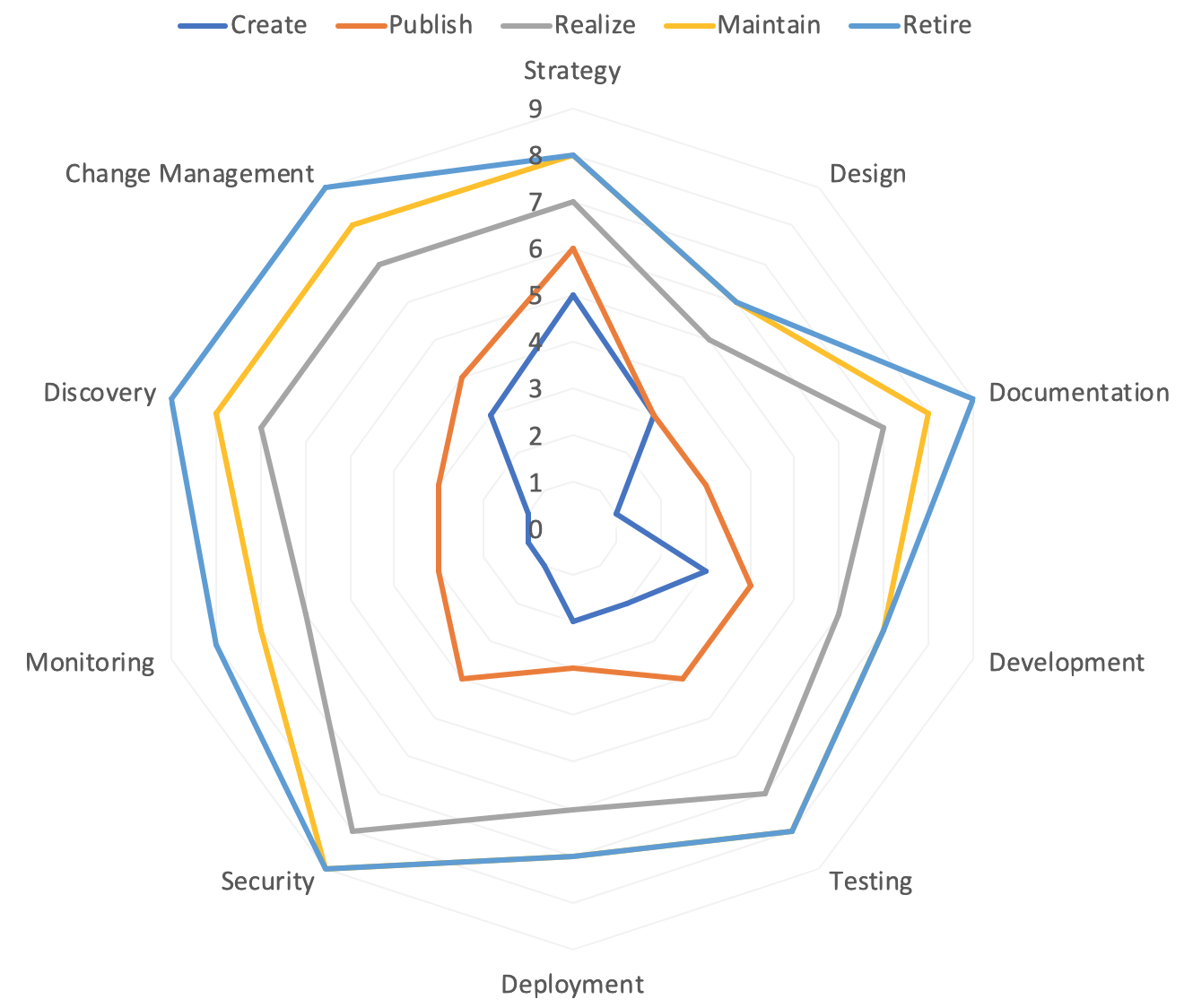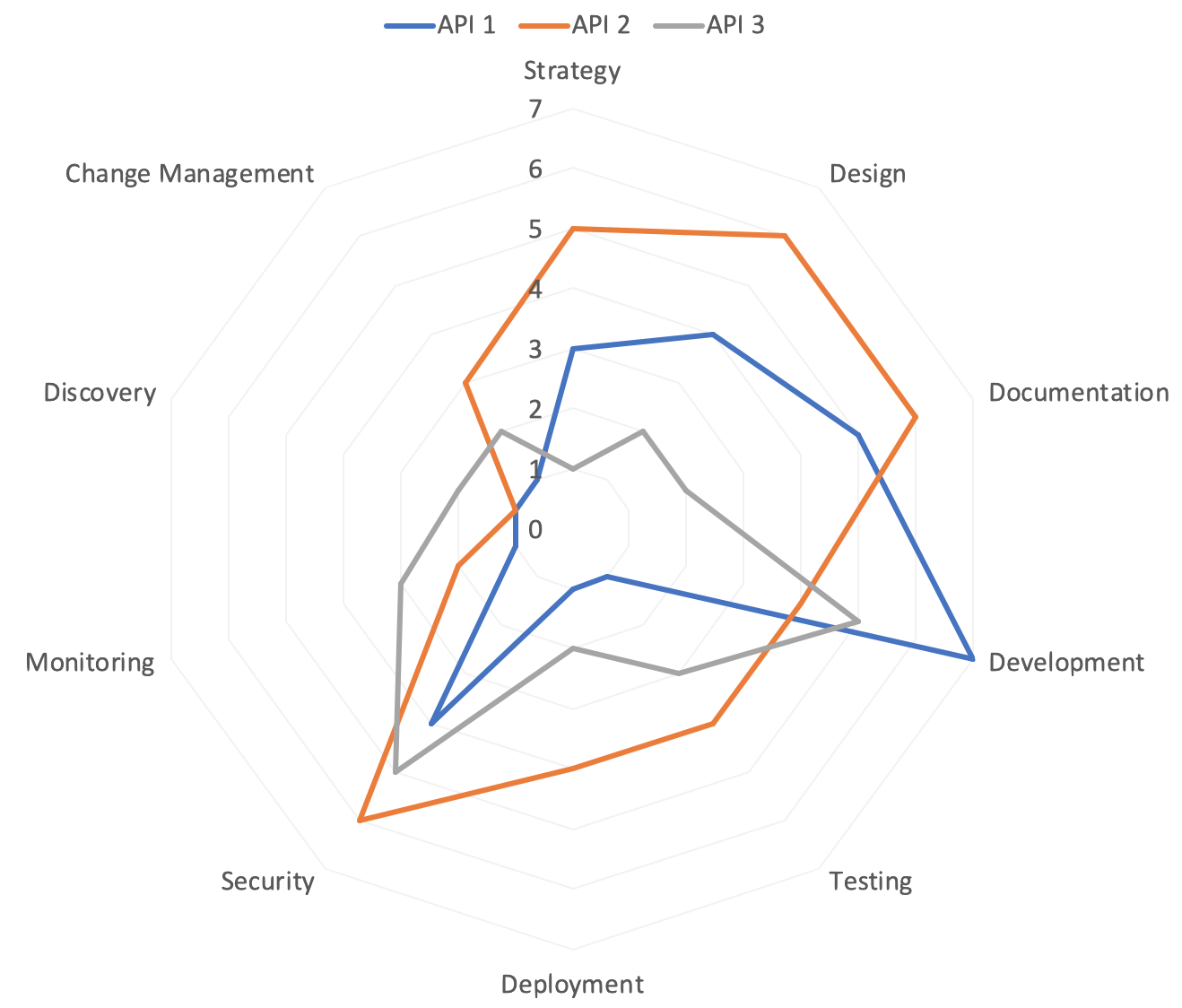CAM API Compass: Get Your Bearings on Your API Journey
API Days Paris 2018 [https://www.apidays.co/paris]
Erik Wilde (@dret)
API Academy, CA Technologies
December 11, 2018
![]() [http://creativecommons.org/licenses/by/3.0/]
[http://creativecommons.org/licenses/by/3.0/]
This work is licensed under a CC
Attribution 3.0 Unported License [http://creativecommons.org/licenses/by/3.0/]










